With growing awareness of the chemicals present in commercial deodorants, many people are opting for natural alternatives.
Making your own deodorant at home is not only cost-effective but also allows you to control what goes on your skin.
In this guide, we’ll explore everything you need to know about making homemade deodorants, including why they are a better choice, the ingredients you need, step-by-step recipes, variations.
Why Choose Homemade Deodorant?
No Harmful Chemicals
Most store-bought deodorants contain aluminum, parabens, and artificial fragrances that can cause skin irritation and health concerns. Homemade deodorants are free from these harmful additives.
Cost-Effective
Making deodorant at home costs a fraction of the price of high-quality natural deodorants available in the market.
Customizable
You can tweak your homemade deodorant recipe to match your skin type, fragrance preference, and consistency needs.
Eco-Friendly
By making your own deodorant, you reduce plastic waste from store-bought deodorant packaging.
Essential Ingredients for Homemade Deodorant
To make an effective natural deodorant, you’ll need a combination of the following ingredients:
- Baking Soda: Absorbs odors and keeps you fresh.
- Arrowroot Powder or Cornstarch: Helps absorb moisture and keeps the deodorant smooth.
- Coconut Oil: Has antibacterial properties and provides a creamy texture.
- Shea Butter or Cocoa Butter: Moisturizes and nourishes the skin.
- Beeswax (Optional): Helps solidify the deodorant, making it suitable for stick application.
- Essential Oils: Adds fragrance and antibacterial benefits. Common choices include lavender, tea tree, lemon, and peppermint.
Step-by-Step Homemade Deodorant Recipes
Recipe 1: Basic Coconut Oil Deodorant
Ingredients:
- 1/2 cup coconut oil
- 1/4 cup baking soda
- 1/4 cup arrowroot powder or cornstarch
- 10-15 drops essential oil
Instructions:
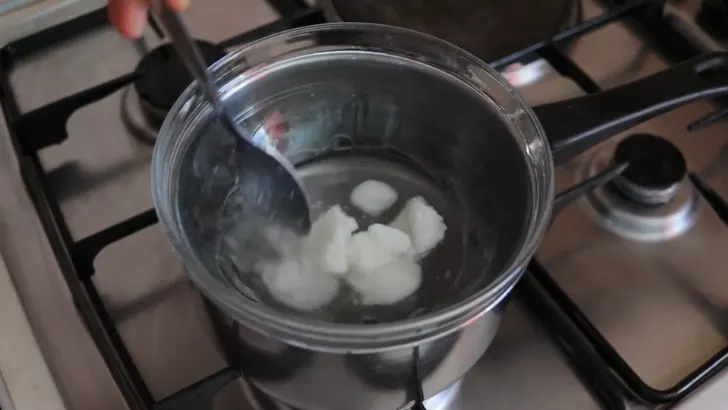
1.) You need melted coconut oil. If it’s not already melted, you can melt it using hot water (double boiler method).
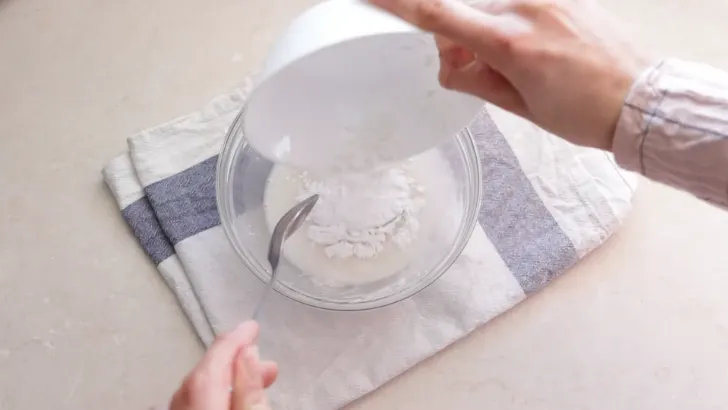
2.) In a bowl, mix baking soda and arrowroot powder. You can directly mix these two ingredients into the melted coconut oil in the specified amount and mix well.
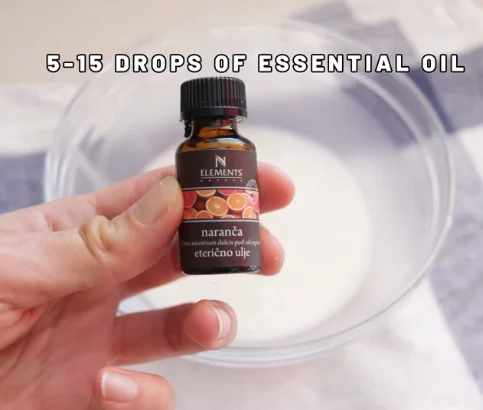
3.) Add essential oils if desired and mix well.
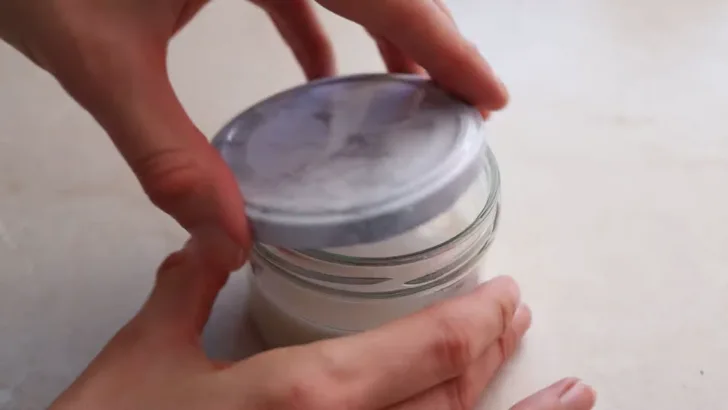
4.) Store this oil-based deodorant in a clean container and place it in the freezer for a few hours so that the solution can thicken.
Once it thickens, you are free to use a small amount of it on your underarms.
Recipe 2: Shea Butter Deodorant for Sensitive Skin
Ingredients:
- 3 tablespoons shea butter
- 3 tablespoons coconut oil
- 3/4 cup arrowroot powder
- 1 tablespoon bentonite clay
- 10-15 drops essential oil
Instructions:
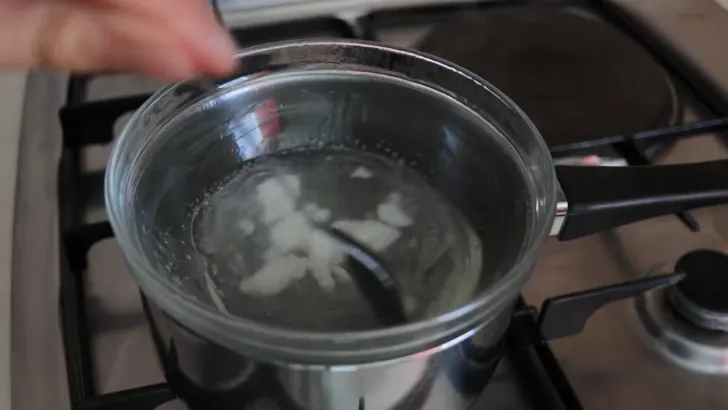
1.) Melt shea butter and coconut oil using a double boiler.
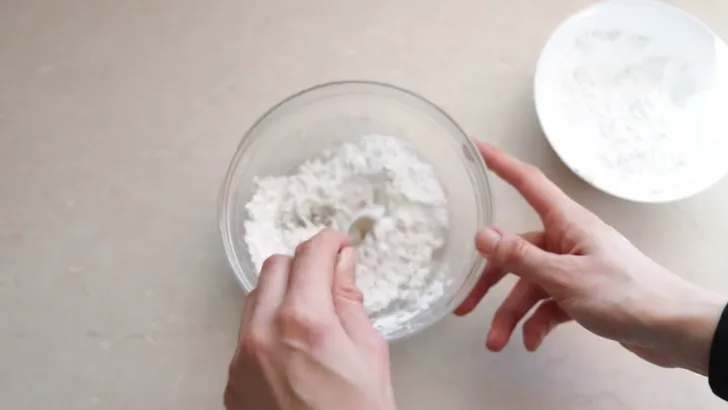
2.) Once melted, remove from heat and stir in arrowroot powder and baking soda.
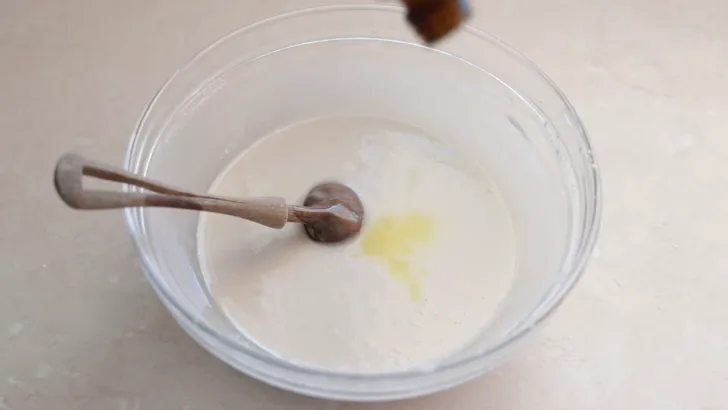
3.) Add essential oils and mix well. Remember, you should mix the essential oils after the solution has cooled, otherwise, the fragrance of the essential oils will evaporate into the air.
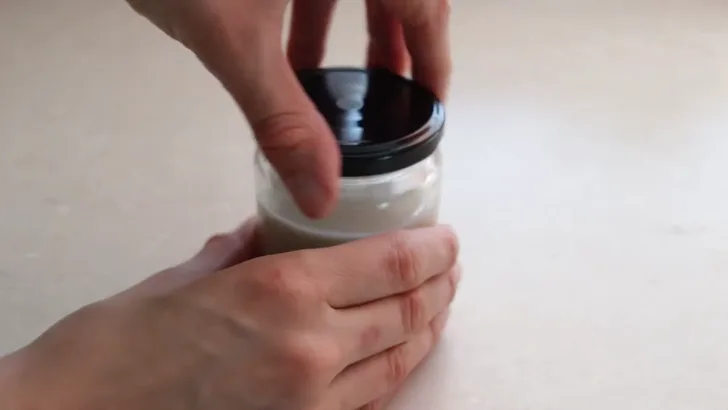
4.) Pour into a container and let it cool before use.
Recipe 3: Without Coconut Oil Deodorant
Ingredients:
- 1/4 cup shea butter (53g)
- 1/3 cup arrowroot powder (45g)
- 1 tablespoon baking soda (optional)
- 10-15 drops essential oil
Instructions:
1.) Melt shea butter using a double boiler.
2.) Once melted, remove from heat and mix in baking soda and arrowroot powder. If your skin is sensitive, you can avoid using baking soda.
3.) Add essential oils and stir well.
4.) Pour into a deodorant stick mold and allow it to cool and harden before use.
Recipe 4: Deodorant spray
Ingredients:
- 30 ml (~2 tbsp) ethanol alcohol (vodka or gin) – It needs to be at least 50% ABV (100 proof)
- 15 ml (~1 tsp) apple cider vinegar (or white vinegar)
- 10 – 15 drops essential oil (optional)
Instructions:
1.) Take an empty spray bottle and add 30 milliliters of ethanol alcohol (vodka). Make sure it contains 50% alcohol.
2.) Add 10 – 15 essential oils and stir well.
3.) Shake well, and your deodorant spray will be ready.
Variations and Customizations
Baking Soda-Free Deodorant
For those with sensitive skin, replace baking soda with more arrowroot powder or kaolin clay.
Activated Charcoal Deodorant
Adding a teaspoon of activated charcoal helps detoxify and fight odor-causing bacteria.
Aloe Vera Deodorant
Mixing aloe vera gel with coconut oil and arrowroot powder creates a light, soothing deodorant perfect for sensitive skin.
Addressing Common Issues
- My Deodorant is Too Soft
Add more arrowroot powder or beeswax to firm up the consistency.
- My Deodorant is Causing Irritation
Reduce or eliminate baking soda.
Use gentler essential oils like chamomile or lavender.
- My Deodorant is Leaving White Marks
Reduce the amount of arrowroot powder.
Allow the deodorant to absorb into the skin before putting on clothes.
Most homemade deodorants last 3-6 months when stored in a cool, dry place.
Yes, switching to natural deodorant may cause a detox phase where your body adjusts. Drink plenty of water and exfoliate the underarms regularly to help the transition.
Yes! These deodorants can also work as foot or body deodorants.
Final Thoughts
Making your own deodorant is an easy, rewarding process that lets you embrace a more natural lifestyle.
With so many customization options, you can create the perfect deodorant suited to your needs. Give it a try and enjoy fresh, chemical-free protection every day!




